Before the modern age of infrastructure, the city of Edo (modern-day Tokyo) faced a monumental challenge: providing clean water & managing the waste of over one million people. Without a single metal pipe or modern sewer, Japan engineered a sophisticated system of gravity-fed aqueducts and turned human waste into a valuable commodity. This timeline shows key milestones in Edo/Tokyo’s history with waterways and sanitation.
1590
An Idea is Born
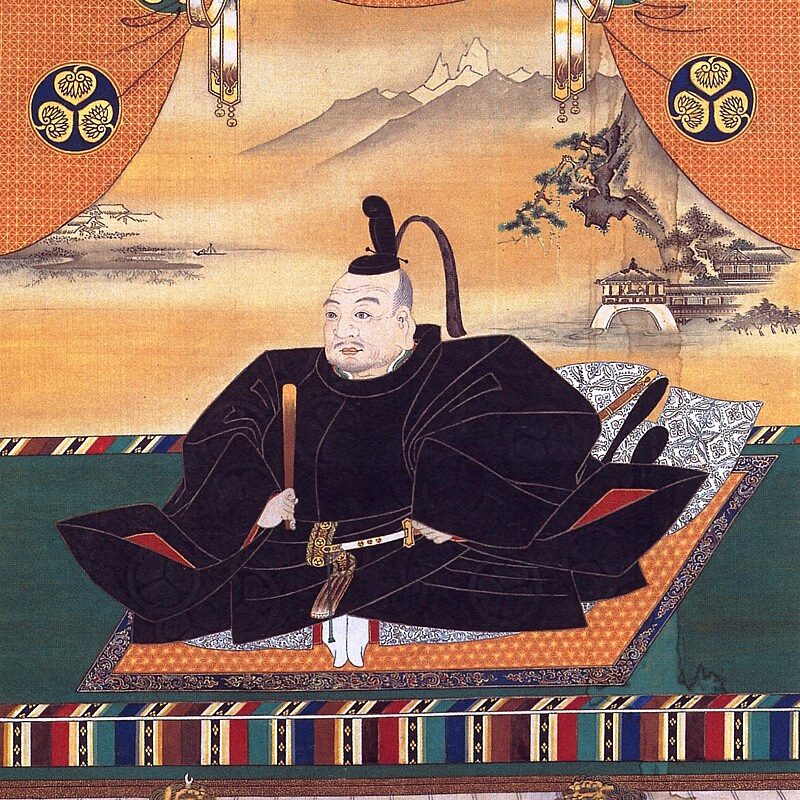
Tokugawa Ieyasu ordered his retainer Okubo Togoro to design a water supply system for prior to entering Edo. Togoro built an aqueduct from Koishikawa (Now Koshikawa, Bunkyo Ward, Tokyo) flowing towards the Kanda river.
1609
Edo’s Population Grows to 100,000
1649
The Kanda Aqueduct is Completed
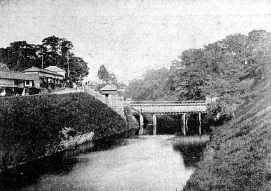
The Kanda Aqueduct is completed. Using spring water from Inokashira pond, Zenpukuji Pond, and Myoshoji Pond as its Source. Southwestern parts of Edo use the Akasaka Reservoir as their primary water source.
1652
The Shogunate Demands More Water
To meet the water demands of the rising population, the Shogunate comes up with the plan to bring water from the Tama river into Edo.
April 4th, 1653
Construction Begins on Tamagawa Aqueduct
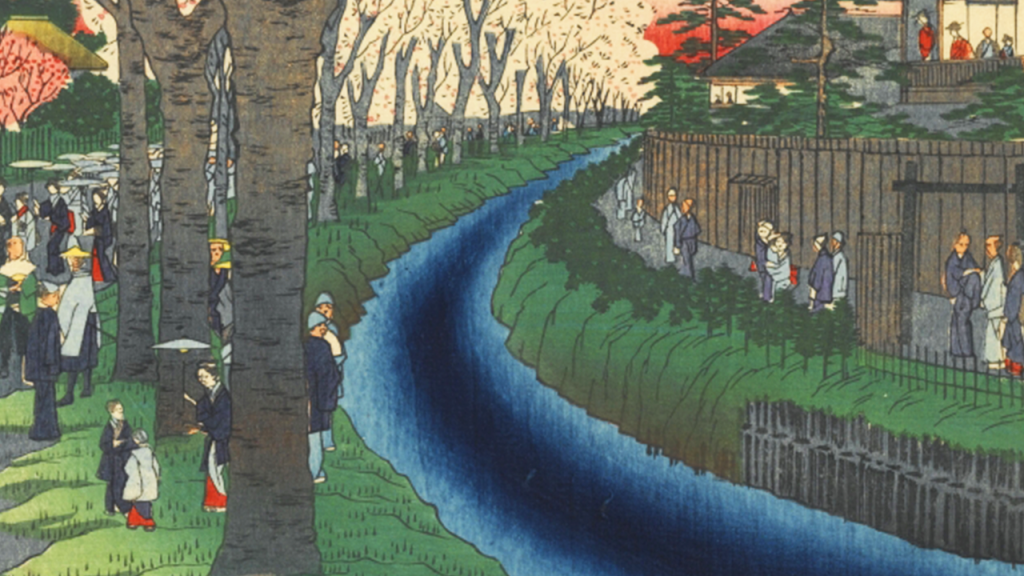
Construction Begins on the Tamagawa Aqueduct lead by peasant brothers Shoemon and Seimon. This 43km (26.7 mi) marvel was completed in merely 18 months.
June 1654
Stone & Wooden Pipes Laid Underground
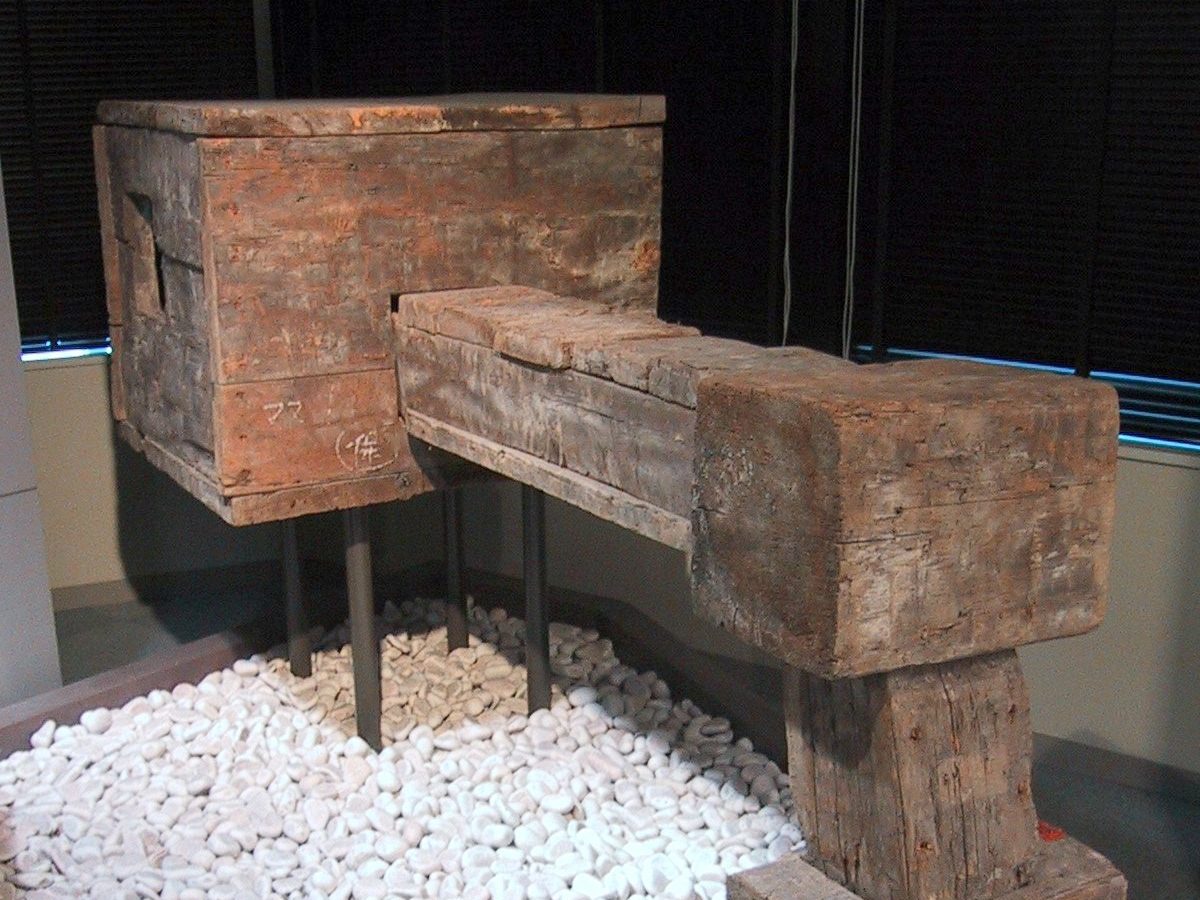
Stone & Wooden pipes were laid underground at Toranomon, supplying water to Edo Castle, Yotsuya, Kojimachi, Daichi in Akasaka, Shiba, and southwestern parts of the city.
1655
First Diversion of Tamagawa Aqueduct
The first diversion of the tamagawa aqueduct takes place at Nobidome Canal, which was granted to Matsudaira Nobutsuna, lord of Kawagoe Castle, in recognition of his contribution to the excavation of the tamagawa aqueduct.
March 2nd, 1657
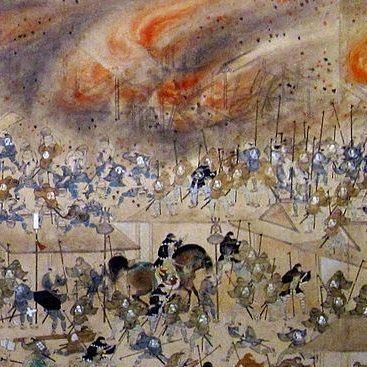
The Great Fire of Meireki
The Great Fire of Meireki/Great Furisode Fire destroyed 60-70% of Edo. There are an estimated 100,000 victims. The fire was said to have been accidentally started by a priest cremating an allegedly cursed kimono.
1667
Kanda Aqueduct Supplemented
Mita and Senkawa Aqueducts are fed into Kanda Aqueduct. Used to supplement the Kanda Aqueduct’s low water volume.
1721
Edo’s Population Estimated to Have Grow to 1 Million
1722
Multiple Aqueducts Decomissioned
The Aoyama, Mita, and Senkawa Aquaducts were abolished.
1868
Edo Becomes Tokyo
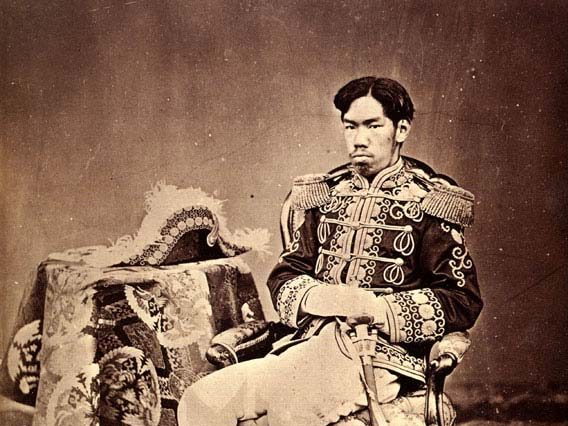
After the Meiji Restoration in 1868, the Meiji goverment renames Edo (Bay Enterance) to Tokyo (Eastern Capital)
April 1870
Permission to Sail Tamagawa
Tokyo government gives permissions for boats to travel the Tamagawa aqueduct from Hamura to Naito Shinjuku
Permission Revoked to Sail Tamagawa
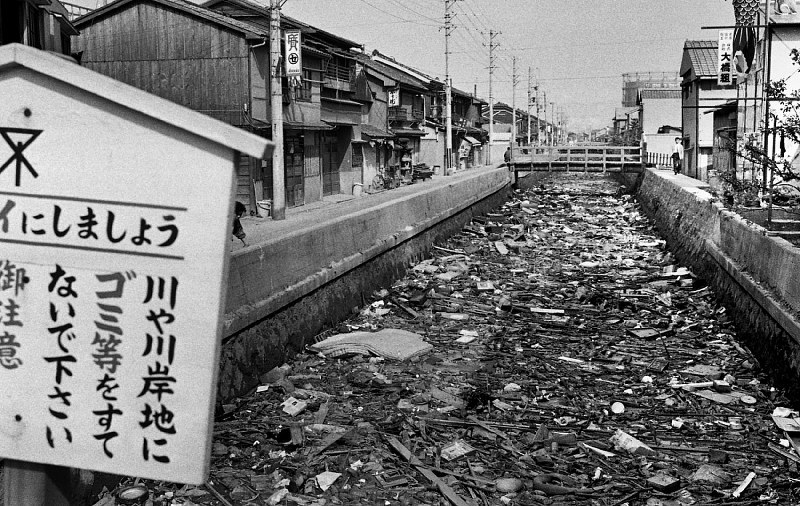
Boat service on the Tamagawa aqueduct is abolished after the deterioration of water quality
1877
Ancient Water System Tests Cleaner than London
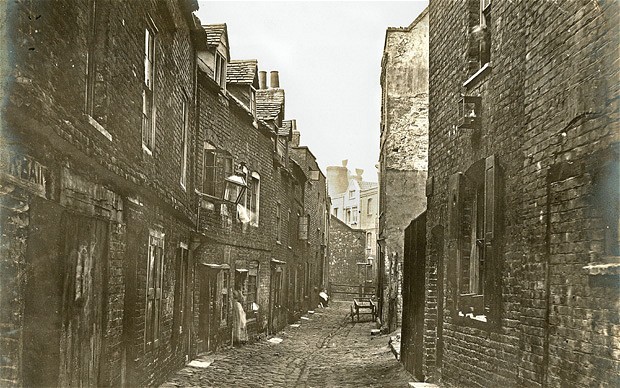
Englishman R.W. Atkinson tests Tokyo’s water supply and determines that despite Tokyo still using Edo’s wooden pipe system it was significantly cleaner than London’s modern industrial technology at the time.
1948
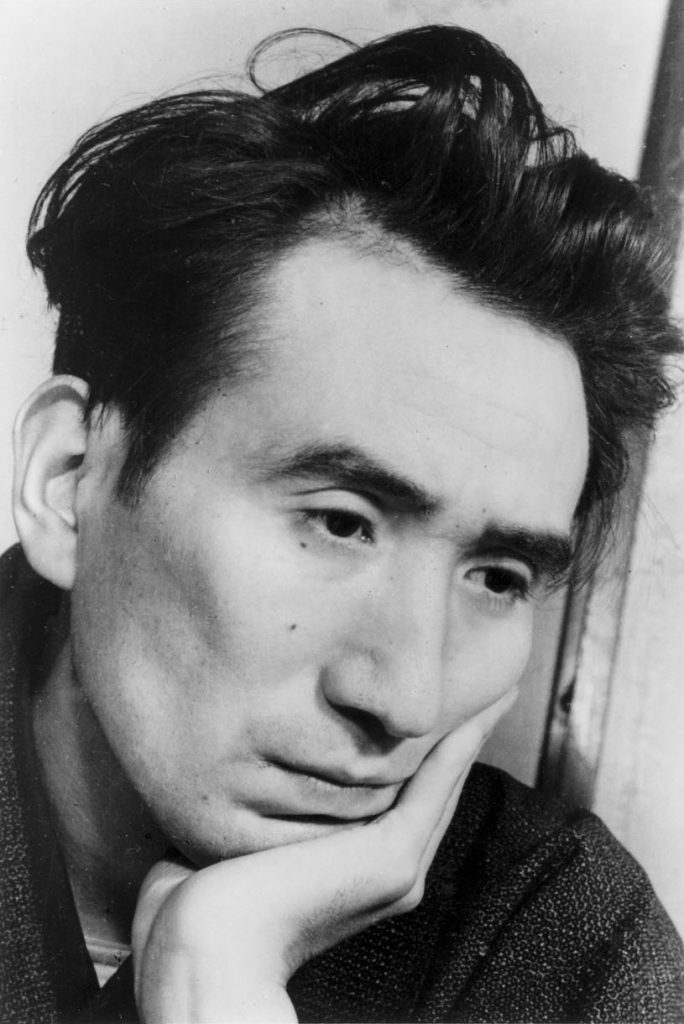
Famous Author Commits Suicided in Tamagawa Aqueduct
Osamu Dazai, one of the foremost fiction writers of 20th century Japan and his mistress commit double suicide via drowning in Tamagawa Aqueduct.
December 1989
New Waterway Constructed
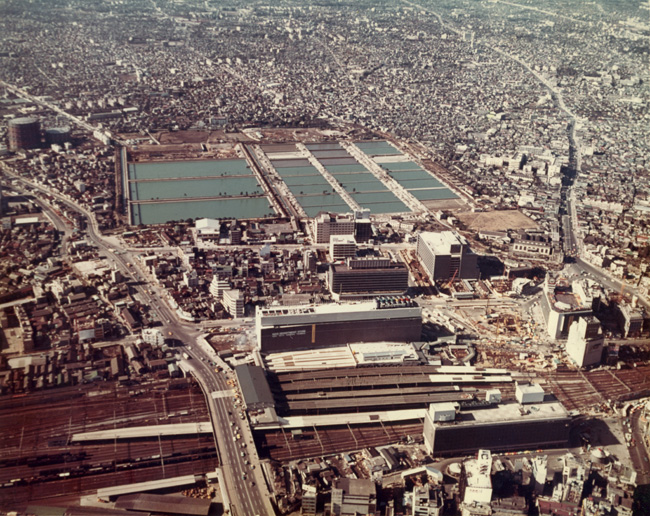
A new waterway was constructed, linking the Daitabashi area through the tamagawa aqueduct to the Yodobashi Water Purification Plant which would now supply purified water to the Kanda and Nihonbashi area.
1965
Musashi Canal Completed
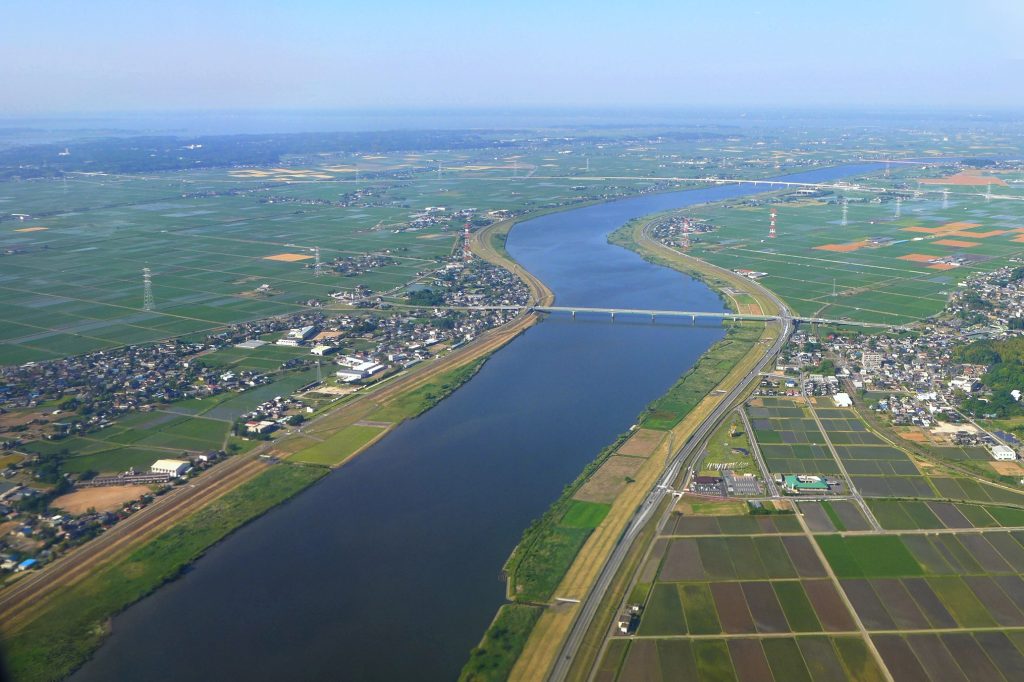
Musashi Canal was completed & the water of the Tone River was diverted to Tokyo. The Yodobashi Water Purification Plant was abolished, and its functions were transferred to the Higashimurayama Water Purification Plant.
March 1999
Tamagawa Aqueduct
The Tokyo Metropolitan Government designated the Tamagawa Aqueduct a historic environment conservation area.
August 2003